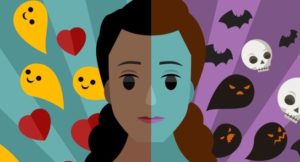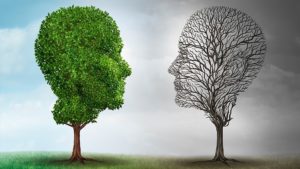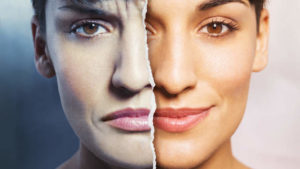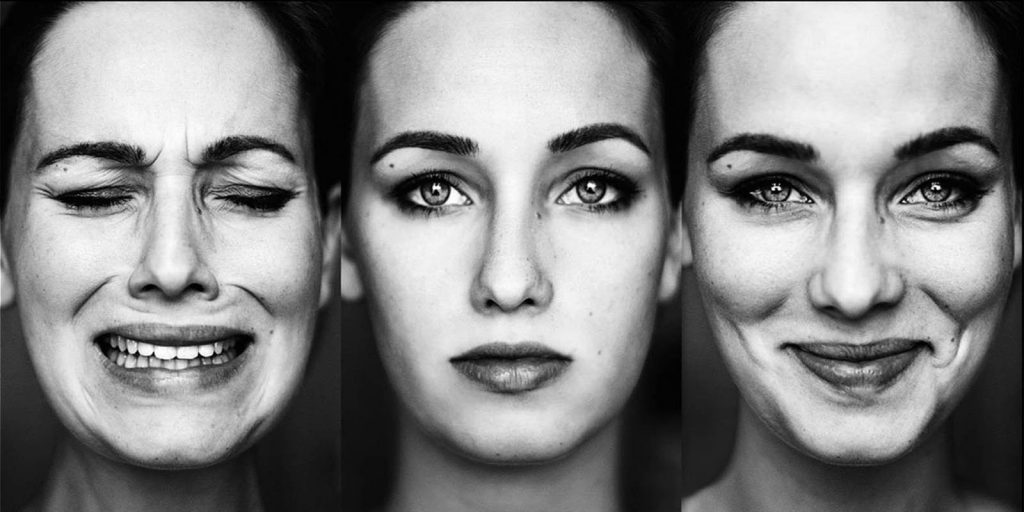Bipolar disorder, which is also known as manic depression, is a serious mental illness that can often lead to risky behavior, damaged relationships and careers, and even suicidal tendencies if it’s left untreated. While doctors aren’t sure what causes bipolar disorder, they’ve gained a greater understanding of the bipolar spectrum and how they can go about treating it. Take a look below for 30 more interesting and important facts about bipolar disorder.
1. Bipolar disorder is a mood disorder that’s characterized by mood swings between the highs of bipolar mania and the lows of depression.
2. It’s known as an episodic illness, meaning that in between episodes of bipolar mania and depression, there will usually be periods of stable or normal moods and wellness.
3. Late teens to early twenties is when the onset of bipolar disorder becomes more obvious.
4. The disorder isn’t curable and has to be controlled by mood stabilizing medication.
5. Even though it’s a lifelong illness, it’s very manageable and there are many effective treatments available for people suffering with it.
6. Bipolar disorder is often misdiagnosed as depression in women or schizophrenia in men.

7. While genetics play a big part on people who get bipolar disorder, it’s not always inherited. Even identical twins don’t always develop the disorder.
8. Someone who has a predisposition to bipolar disorder may go on to develop the illness if they’re triggered by massive amounts of stress.
9. Environmental factors such as seasonal changes or sleep deprivation sometimes precipitate the onset of bipolar episodes.
10. Bipolar Type 1 is characterized by at least one manic or mixed episode. The mania in Bipolar 1 is very serious and can sometimes involve bipolar psychosis.
11. Bipolar Type 2 is characterized by at least one hypomanic episode and one major depressive episode. A hypomanic episode means that it’s below mania.
12. Bipolar Type 3 is called cyclothymia and is a serious mental and mood disorder that causes depressive and hypomanic episodes. Medically, it’s defined as recurrent cycles of sudden hypomania and dysthymic episodes.
13. More than 10 million Americans have bipolar disorder. It affects men and women equally, as well as all races, ethnic groups, and socioeconomic classes.
14. Although it develops more commonly in late teenagers and young adults, it can appear in children as young as 6.
15. While bipolar disorder does share some similarities with depression, they aren’t the same. People with bipolar disorder have mood swings rather than just episodes of depression.
16. There are no blood tests or scans for bipolar disorder, the only way to obtain a proper diagnosis is to see a psychiatrist that specializes in mood disorders.

17. There have been cases of mania with bipolar disorder that have manifested in extreme irritability and even psychotic episodes.
18. In a mania induced psychotic episode, the person may think that they are rich and famous, which leads them to take in very risky and dangerous behaviors.
19. People with bipolar disorder are rarely a danger to themselves or others. In fact, studies have shown that those with the disorder are more likely to become targets of violence or other crimes.
20. Bipolar medications have to be altered depending on the phase of the illness. Sometimes, different combination of medications may be required for maintenance.
21. Lithium is the best known medication for treating bipolar disorder because it’s a mood stabilizer and is effective in treating both mania and depression.
22. Antidepressants are sometimes used to treat bipolar depression by this can be controversial because of the possibility of an antidepressant causing a switch into mania.
23. Some atypical antipsychotics have been approved for treating bipolar disorder as research has shown them to have mood stabilizing properties on top of their use for bipolar mania.
24. Most people with bipolar disorder spend a lot more time experiencing depression as opposed to mania.
25. People who have bipolar disorder have to go through a combination of medication and talk therapy.
26. Cognitive behavioral therapy has a good track record as bipolar disorder treatment. CBT helps identify a person’s self-defeating, unhealthy, negative beliefs and behaviors and teaches them to replace these with more constructive, realistic and helpful beliefs and actions.

27. Narrative therapy, which helps someone with bipolar disorder understand the stories they tell themselves, also helps.
28. Solution focused therapy, which is different than talk therapy, is oriented towards the present and future and to practical solutions. This also helps people who are suffering with bipolar disorder.
29. Interpersonal and social rhythm therapy is a treatment program that stresses maintaining a regular schedule of daily activities and stability in personal relationships. It’s proven to be very effective for people with bipolar disorder.
30. More than 75% of people who have bipolar disorder have successful work lives.




